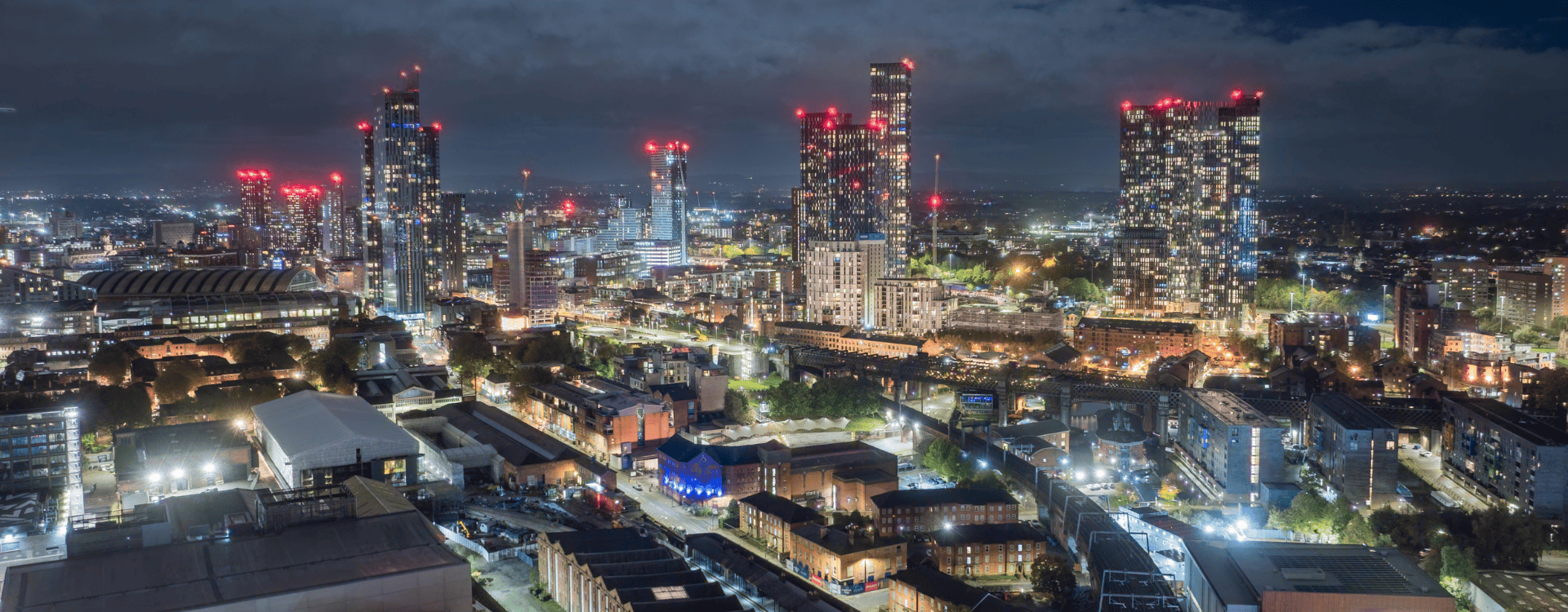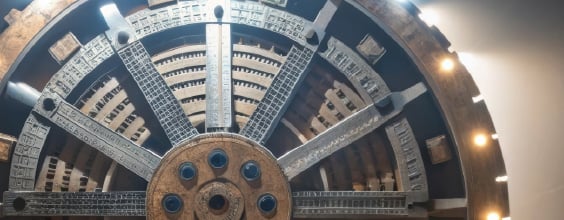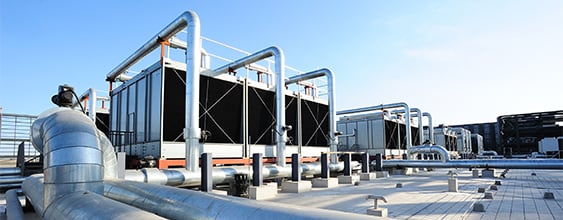What is regenerative design?
Rahul: Regenerative design is a philosophy that goes beyond sustainability and just improving on business-as-usual, to say that every development should have a net positive outcome, and actively contribute to restoring and enhancing ecological, social and economic systems.
It was partly inspired by “Doughnut Economics” by British economist Kate Raworth. She outlines a simple model for how the human population can thrive without breaching the Earth’s life support systems, which combines the UN Sustainable Development Goals with nine planetary boundaries. Climate change is just one of those boundaries, and that highlights that we can’t use carbon emissions as a metric on their own. Regenerative design is a response to this, and it brings in the idea of looking at a system in its entirety.
Marika: I completely agree. In more tangible terms, you could say that regenerative design encourages us to consider the impacts beyond a site’s boundaries. For example, where materials come from and how they’re produced, and also what kind of market demand you’re creating or supporting by purchasing those materials – are they local, renewable, environmentally responsible? For a company like WSP, which works on massive infrastructure and redevelopment projects, those choices can have a huge cumulative impact.
Another aspect of regenerative design is that it looks to move away from humancentric design towards a nature-led, place-based approach. That’s not to say a development doesn’t need to be useful for people, but it can’t just be useful for people. It has to take other needs into consideration.
Does a regenerative approach lead naturally to more retrofitting?
Marika: If I were to imagine a “regenerative future”, a linear economy model where we don’t recognize the value of maximizing existing resources just doesn’t fit with that. So I would expect a regenerative approach to lead to more retrofits, or at least more deconstruction projects where most elements and materials are reclaimed for reuse.
However, it’s also important to recognize that retrofitting is not always synonymous with regenerative. You can have really bad retrofits, that have very negative outcomes for communities or for the environment, so it’s critical to consider a project in its wider context. Just deciding to retrofit something instead of knocking it down doesn’t make a project regenerative, because it might create something that’s not fit for purpose.
Rahul: Using existing assets has to be the first thing we consider, but we also need to look beyond carbon and gauge the quality of the buildings and their viability in future contexts. Sometimes they may just not be suitable for repurposing for a particular use in a particular area.

















